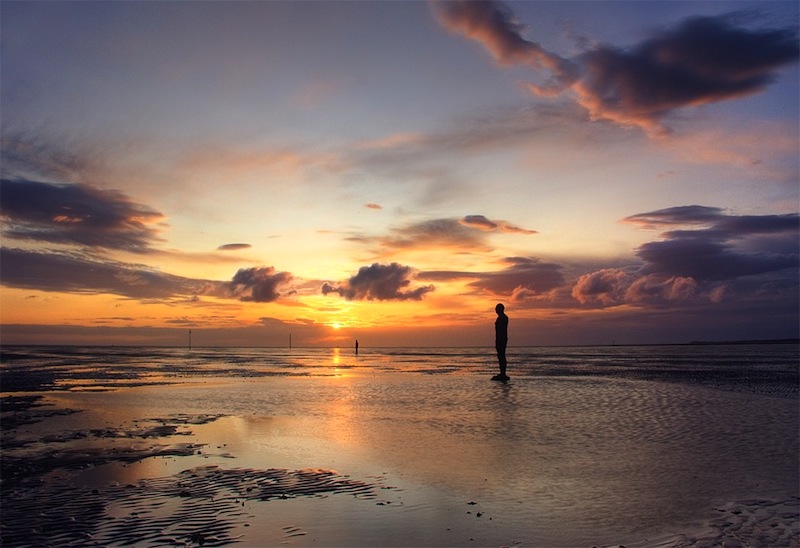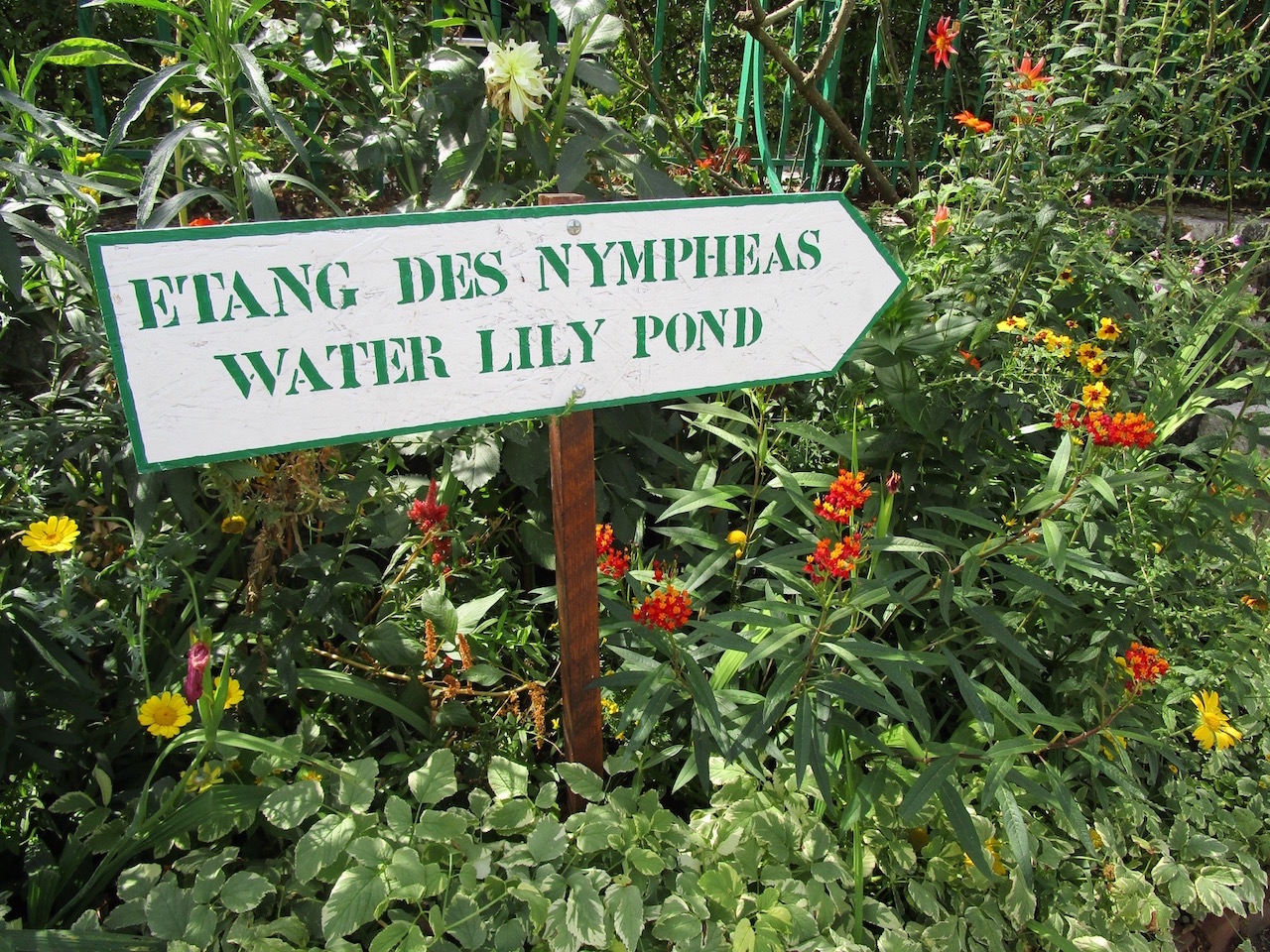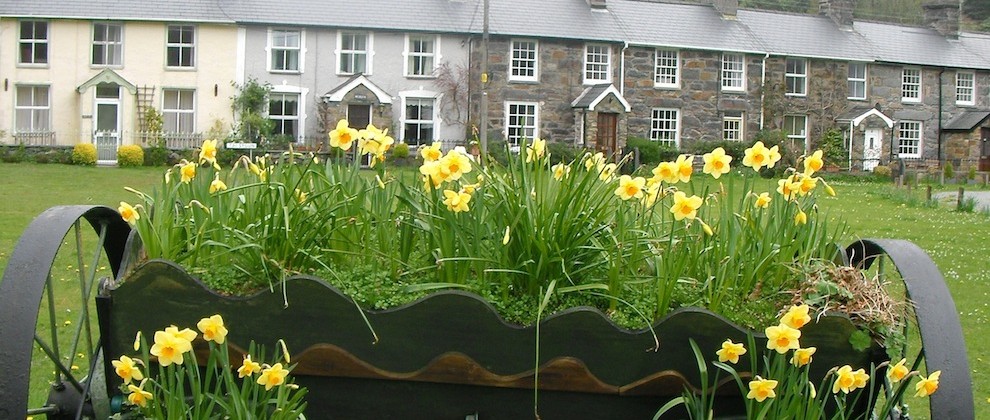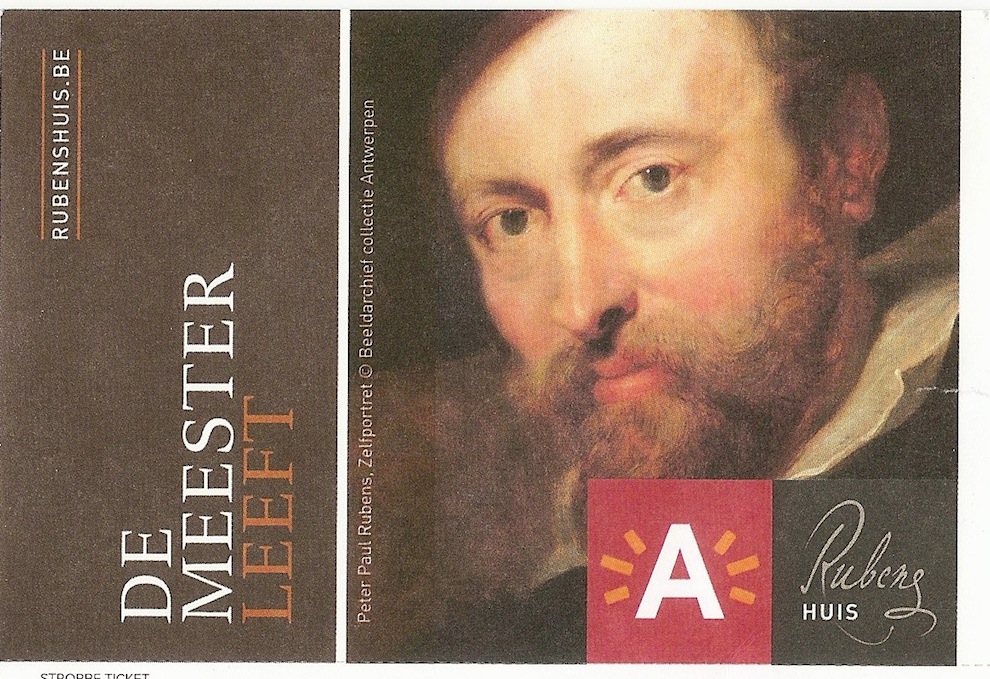
* Image: Krzysztof Nowakowski for www.dphotographer.co.uk
They bring new meaning to ‘the greatest show on earth.’
Permanent works of art are now part of the British landscape and examples of monumental art have become part of our heritage over the years.
We discover some of the best for a day trip around the UK:
The Headington Shark, Oxford
A shark became the most famous resident of Oxford’s Headington district when it landed on the roof of 2 New High Street on 9 August, 1986.
The private residence is the home of BBC Radio Oxford presenter, Bill Heine, who commissioned the shark and still owns the house. The headless sculpture, officially called ‘Untitled 1986’, was erected on the 41st anniversary of the dropping of the atomic bomb on Nagasaki.
Created by the sculptor John Buckley, it is made of fibreglass and is 25 feet long. The shark had to be winched up by a crane overnight and local police were powerless to intervene as there is no UK legislation to prevent a man from putting a shark on his own roof.
Oxford City Council subsequently tried to get rid of the shark on the grounds that it was dangerous to the public, but engineers inspected the roof girders that had been specially installed to support it and pronounced the erection safe.
Today the shark lives on and, in the words of Heine: “{it} says something about CND, nuclear power, Chernobyl and Nagasaki.”
www.headington.org.uk/shark/
Another Place, Merseyside
There’s a crowd gathering on Crosby beach – about 100 of them, in fact.
Cast-iron, life-size figures every one, they spread out along 3km of the foreshore, stretching almost 1km out to sea. Merseyside’s latest favourite artwork, Another Place, is the creation of Anthony Gormley, the winner of the 1994 Turner Prize and the man best known for his controversial sculpture, The Angel of the North (see below).
The Another Place figures, each one weighing 650kg, are made from casts of the artist’s own body, a trademark of Gormley’s work, and are shown at different stages of rising out of the sand, all of them staring out to the horizon in silent expectation.
The artist has described his work as a poetic response to the universal sentiments associated with emigration – sadness at leaving, but the hope of a new future in another place. It has proven so popular that a campaign is now under way to keep the work in Crosby and not relocated, as previously planned, to, well, another place.
www.visitliverpool.com/things-to-do/another-place-by-antony-gormley-p160981
Angel of the North, Gateshead
She has a captive audience of over 90,000 motorists each day, plus rail passengers travelling on the East Coast mainline from London to Edinburgh.
She’s taller at 20m high than a five-storey building and has a wingspan of 54m wide – almost the same as a jumbo jet. The 208-tonne Angel of the North has gone from controversy to garnering praise as a landmark site for the Northeast England and one of Britain’s most important contemporary public artworks.
Another creation by Anthony Gormley (see above), he designed the stark, landscape-dominating sculpture as a link between earth and sky. The Angel is built to last for more than 100 years and withstand winds of more than 100 miles per hour, constructed from weather resistant steel that mellows with age.
The lady is not beyond some minor tinkering, however: the body is hollow to allow for internal inspections with an access door high up on her shoulder blade.
www.gateshead.gov.uk/Leisure%20and%20Culture/attractions/Angel/Home.aspx
Yorkshire Sculpture Park, Wakefield
Founded in 1977 and set in the beautiful grounds and gardens of a 500-acre, 18th-century country estate, the Yorkshire Sculpture Park is one of the Britain’s leading open-air galleries with a changing programme of international exhibitions.
Most of all, it is synonymous with its display of 50-odd outdoor sculptures, of which the ten works by Henry Moore, the iconic figure of the Yorkshire sculpture scene, are the best known.
Scattered around the wide-open fields of the park, Moore’s works include Reclining Figure Arch Leg, located by the entrance as you drive up with the park stretching out behind it; and Draped Seated Women, one of his most-detailed female figures.
Get there for the 10am opening to enjoy the quietest time of the day and try to visit mid week rather than a Sunday to soak up the juxtaposition of nature and sculpture without the hordes. Unlike some stuffy indoor galleries, the Yorkshire Sculpture Park is ideal for families.
www.ysp.co.uk
B of the Bang, Manchester
Manchester has changed dramatically since the city hosted the 2002 Commonwealth Games.
And nothing symbolises the urban renaissance of the city quite like B of the Bang, designed by the Heatherwick Studio and inspired by Olympic Gold Medal winning sprinter Linford Christie, who said that he started his race on the B of the Bang.
Today the sculpture is based at the City of Manchester Stadium, home of Manchester City Football Club. The sculpture is inclined at an angle of thirty degrees from the vertical and represents a major challenge of both construction and engineering.
B of the Bang is made of 180 steel spikes, including its five legs, which are arranged in elliptical clusters that radiate outwards from a single central point. The highest point of the sculpture is 55.44m above ground level, and 56m above the foundations to its five legs.
This makes the B of the Bang the tallest sculpture in the United Kingdom and just pips the 55.9m-high Leaning Tower of Pisa.
* It was subsequently melted down – see www.bbc.co.uk/news/uk-england-manchester-18703854
The Scallop, Aldeburgh, Suffolk
Benjamin Britten used to take his afternoon constitutional along Aldeburgh’s windswept beach, a short distance north of the town centre.
To commemorate Britain’s legacy, the Suffolk-based artist and sculptor Maggi Hambling, also known for her memorial to Oscar Wilde in central London, created Scallop, a 4m-high sculpture in stainless steel.
The piece is made up of two interlocking scallop shells, each broken, the upright shell being pierced with the words: “I hear those voices that will not be drowned.” The wording is taken from Britten’s opera Peter Grimes.
Hambling unveiled her opus work to a storm of controversy in November 2003. The artist claimed she hopes people will take a seat on the clam and enjoy the view, but opinion among the local community was deeply divided.
In the first three months of 2004, the sculpture was twice vandalised by pouring paint over it; it was subsequently attacked with graffiti and there have been petitions to have it removed – controversy rages to this day.
www.suffolkcoastal.gov.uk/yourfreetime/arts/scallop/
The Willow Man, near Bridgwater, Somerset
Don’t panic: this is nothing to do the recent turkey of a film staring Nicholas Cage. It’s not even about the seminal 1973 original staring Edward Woodward.
The Willow Man is, in fact, southern England’s answer to the Angel of the North, an iconic image of Somerset’s rich willow heritage.
Immense wickerwork figures have been part of the English landscape since the time of the druids and the sculpture by the artist Serena de la Hay, who specialises in working with willow, was unveiled as a celebration of a rustic cottage industry. The creation subsequently burned down in May 2001, however, and the artists had to start on a replacement.
Today a new version of the man stands proud once more after the artist painstakingly reworked the fire-damaged structure.
www.serenadelahey.com/work5.html
The Cerne Abbas Giant, Dorset
Drivers with delicate sensibilities are advised to avert their gaze when travelling along the A352 towards Sherborne.
The sight of a giant figure of a naked and impressively well-endowed man, on a hillside near the village of Cerne Abbas to the north of Dorchester, is quite an eyebrow raiser. The Cerne Abbas Giant or ‘Rude Man’ is the largest hill figure in Britain, and one of two representations of the human form along with the Long Man of Wilmington in East Sussex.
The origins of the 55m-high figure, carved in solid lines from the chalk bedrock, remains a source of dispute. Like other chalk figures carved into the English countryside, the Cerne Abbas giant is often mistakenly thought of as an ancient creation.
His history, however, can only be traced back to the late 17th century. Indeed, it is now believed that he was probably etched during the English Civil War. There has even been speculation that the figure is a parody of Oliver Cromwell, who was sometimes mockingly referred to as “England’s Hercules” by his enemies.
Either way, the combination of the enormous knobbed club, 36.5m long, and his equally impressive phallic talent, make for a distinctive landmark.
www.visit-dorset.com/things-to-do/attractions/cerne-abbas-giant-p133383
The Concrete Cows of Milton Keynes
It was the cows that did it for Milton Keynes.
The new city has one of the largest collections of outdoor public art in England with over 230 pieces of art located inside its boundaries. Since it’s inception in 1967, the city has commissioned numerous pieces, involving communities in the process, which vary in form from playground designs to street furniture.
The best-known example is, however, the Concrete Cows, designed by Canadian-born artist/sculptress Liz Leyh at Stacey Hill Farm, now the home of Milton Keynes Museum. Commissioned in 1978 using recycled materials, the work is among the earliest examples of conceptual art – the artist poking fun at the preconceived notion of the new city.
Their arrival was not greeted with universal acclaim. Indeed, during their lifetime the cows have been kidnapped twice, had pyjamas bottoms painted on them, been beheaded in the style of a Damien Hirst artwork and have acquired BSE (mad cow disease) graffiti.
The cows have had the last laugh: today they graze in peace.
www.mkinspire.org.uk/what-to-do-and-see-in-milton-keynes.html
More from VisitEngland
* This story was first published by Forward Publishing in 2006. Liked this? Try also Talking contemporary art in Burgundy.
Post your comments below.



